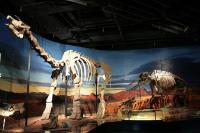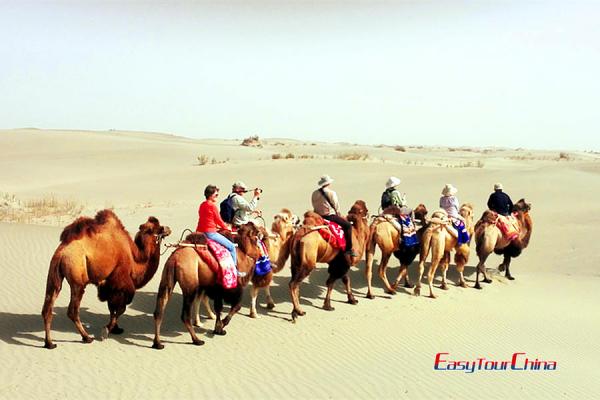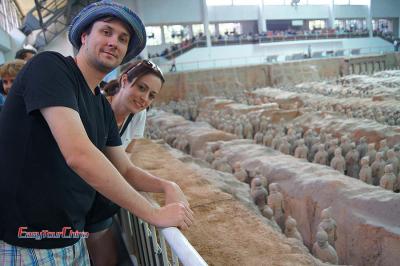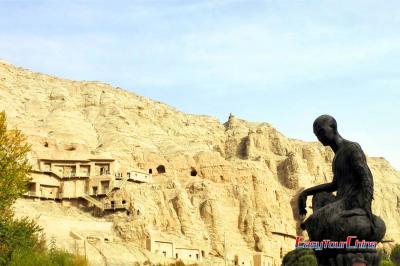Turpan Museum
 Turpan Museum is located on the road to Gaochang Turpan City, Xinjiang Uygur Autonomous Region. Completed in 1990, this museum is the second largest museum with the richest and largest collection in Xinjiang. The style of the buildings in the museum is unique and simple, highlighted with the blending of local ethnic feature and the historical background of Chinese west region.
Turpan Museum is located on the road to Gaochang Turpan City, Xinjiang Uygur Autonomous Region. Completed in 1990, this museum is the second largest museum with the richest and largest collection in Xinjiang. The style of the buildings in the museum is unique and simple, highlighted with the blending of local ethnic feature and the historical background of Chinese west region.Covering a total area of nine Mu, Turpan Museum holds more than 5000 fine cultural relics of the Paleolithic (about 3 million BC), the Neoteric (1840-1919) and modern (1919-1949), including relics from the Silk Road, mummies from the Astana Graves, silks from the early period of transcontinental trade, funerary objects, etc. The number of national first-rate collection is 135, second-rate collections 260 and third-rate collections 640. In a sense, Turpan Museum is a compressed encyclopedia, from which we can get to know the society, politics, economy, military affairs, and cultural life of Turpan during the past dynasties.
Except some warehouses, the main halls in the museum are:
Unearthed Relics Exhibition Hall of Turpan
Approximately 300 various historical and cultural relics are displayed in this hall, including pottery, writings, flax and silk, woodcarvings, dried fruits and all sorts of food, 28 articles of which are under the protection of national level.
Display Hall of Old Corpse
This most mysterious and attractive exhibition hall of the museum mainly shows five more-than-one-thousand-year corpses from Jin Dynasty to Tang Dynasty. The dry, windy, and rainless natural environment of Turpan Basin provided for a speedy natural dehydration, made the corpses different from Egyptian mums in the aspect of manual operations, so it is truly a valuable and significant sample for of archeology and history.
Giant Rhinoceros Display Hall
This hall displays the fossil skeleton of a large rhinoceros which lived 20 to 33 million years ago The large rhinoceros was the largest land mammal, 5 meters (about 5 yards) high, 9 meters (about 10 yards) long with a weight of 30 tons (about 66,139 pounds).


